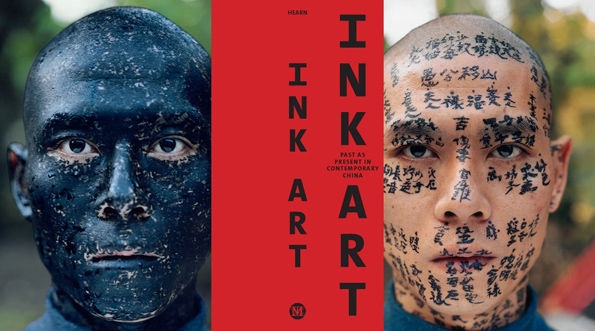Canon
Wang Dongling Chinese
Not on view
Wang Dongling’s work presents a large-scale, broadly-brushed interpretation of the seal-script version of the character for “canon” (fa 法). Before writing the character, Wang first applied ink wash along the upper and lower borders of the paper, leaving an uninked horizontal band in the center. The varied density of the spontaneously applied ink wash gives these passages a rich, atmospheric quality that, according to the artist, is meant to evoke images of the separation of the sky from the earth, as well as periodic autumn floods, as described in the classic Daoist text Zhuangzi (ca. 300 BC).
Only after the ink-washed areas had dried did Wang execute the character. Wielding a large brush, Wang wrote out the archaic seal-script form of “canon.” But while seal script, which evolved from seals carved from stone or cast from bronze, is generally composed of lines of uniform width, Wang’s ragged brushstrokes—blurred from puddled ink or streaked from twisted and separated bristles—reasserts the primacy of the brush and the immediacy of the artist’s touch. In another significant departure from tradition, Wang rearranged the character’s usual configuration in order to achieve greater graphic balance. In the standard seal-script form of this complex character, the right and left components are strikingly imbalanced: the righthand component is made up of fifteen brushstrokes, the left only five. In Wang’s reinterpretation, however, one element from the lower right side of the standard character—qu (去 “to go”)—is set above the lefthand element shui (水 “water”), which is, in turn, greatly compressed. The artist integrates his reconfigured glyph by tilting each element inward so that they appear to pivot around the central void, exactly where Wang has placed his seal, which reads Wang Dongling yin (“Seal of Wang Dongling” 王冬齡印).
Traditional seal script rendering of the fa character:
The qu radical:
The shui radical:
Due to rights restrictions, this image cannot be enlarged, viewed at full screen, or downloaded.


